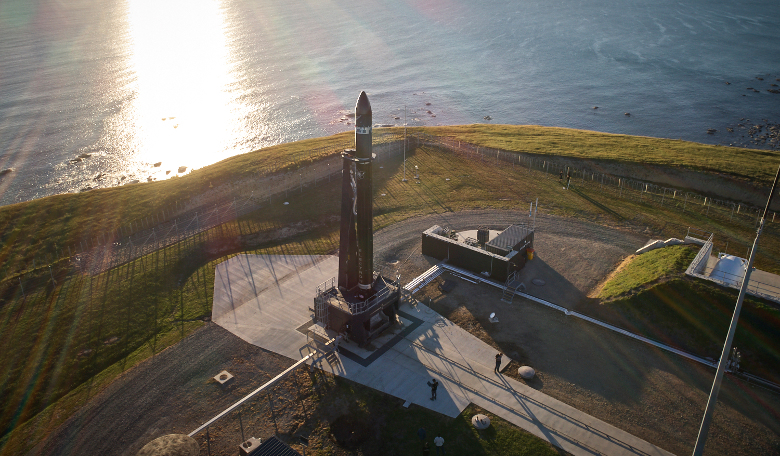US aerospace company Rocket Lab will open a ten-day launch window from today, to carry out the company’s second test launch of the Electron rocket at its Launch Complex 1 site located on the tip of the Māhia Peninsula in New Zealand. The complex is the first orbital launch site in New Zealand, and the first privately operated orbital launch site globally.
The test launch, titled ‘Still Testing’, follows on from the successful inaugural Electron test carried out earlier this year in May, which at the time made history as the first orbital-class launch vehicle to reach space from a private launch facility.
Rocket Lab wants to revolutionise the way space is accessed by developing and launching advanced rockets to put small payloads into orbit frequently and at a fraction of the cost of traditional launch services. The debut flight of the Electron therefore marked a significant milestone in the company’s mission to usher in a new era of unprecedented access to space by eliminating commercial barriers.
“Electron’s first test made history when it became the first orbital-class launch vehicle to reach space from a private launch facility. We analysed more than 25,000 channels of data from flight one, and we’re eager to learn more from this test flight. This is the first test carrying customer payloads and we’ll be monitoring everything closely as we attempt to reach orbit,” said Peter Beck, Founder and CEO of Rocket Lab.
Beck says the latest test is an important next step in making space accessible and the team will be focusing on gathering more data to inform future launches. “Once again, we’re expecting to scrub multiple times as we wait for perfect conditions and make sure everything on the vehicle is performing as it should.”
Accordingly, the test launch attempt will only proceed if conditions are ideal. Although the remote location of Launch Complex 1 assures a low volume of air traffic, planned lift-offs are often subject to multiple and subsequent postponements (or scrubs) to allow for small, technical modifications and to wait for ideal weather conditions.
Providing the right conditions do arise, Still Testing will carry two Lemur-2 satellites for Spire for weather and ship tracking, and an Earth-imaging Dove satellite for Planet. The launch will enable Rocket Lab to gather crucial data and test systems for the deployment stage of a mission.
If you want to watch the rocket launch as it happens, a live video stream will be available approximately 15 minutes prior to a launch attempt at www.rocketlabusa.com











